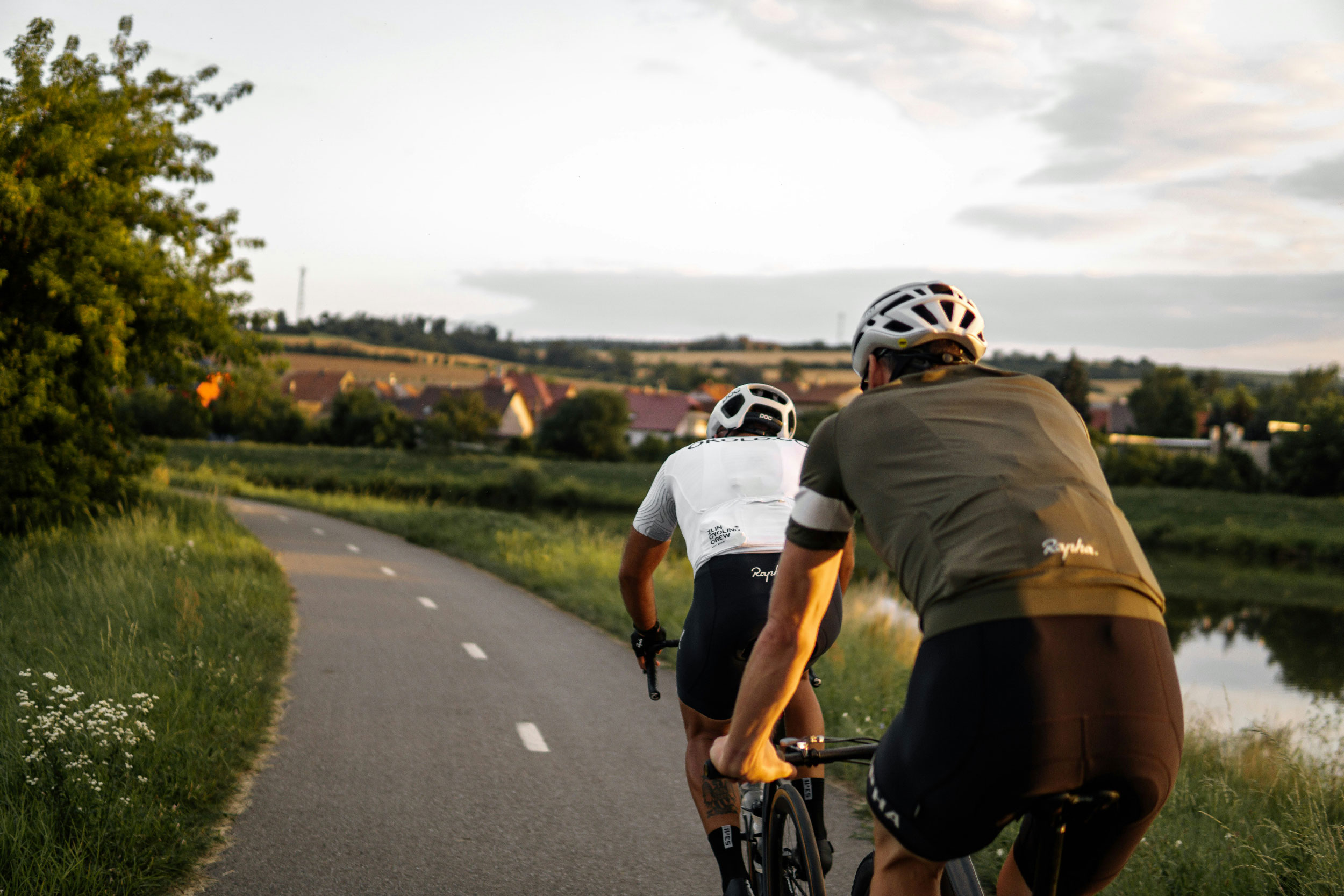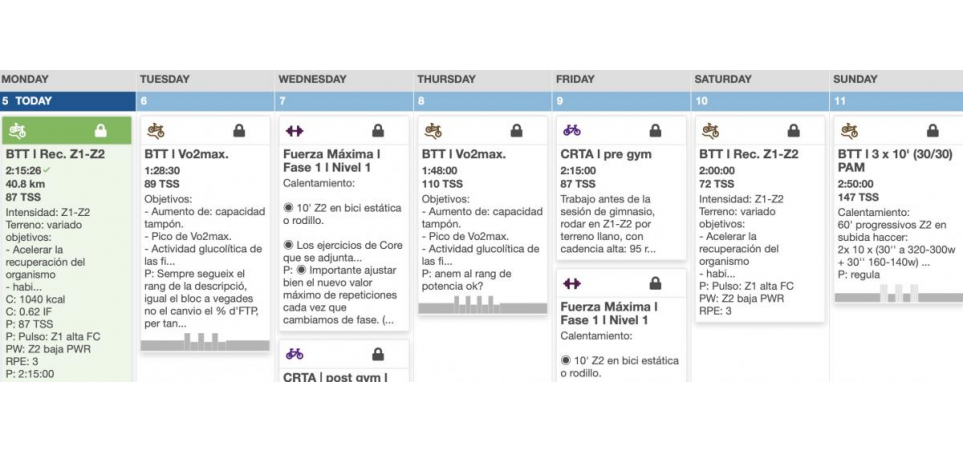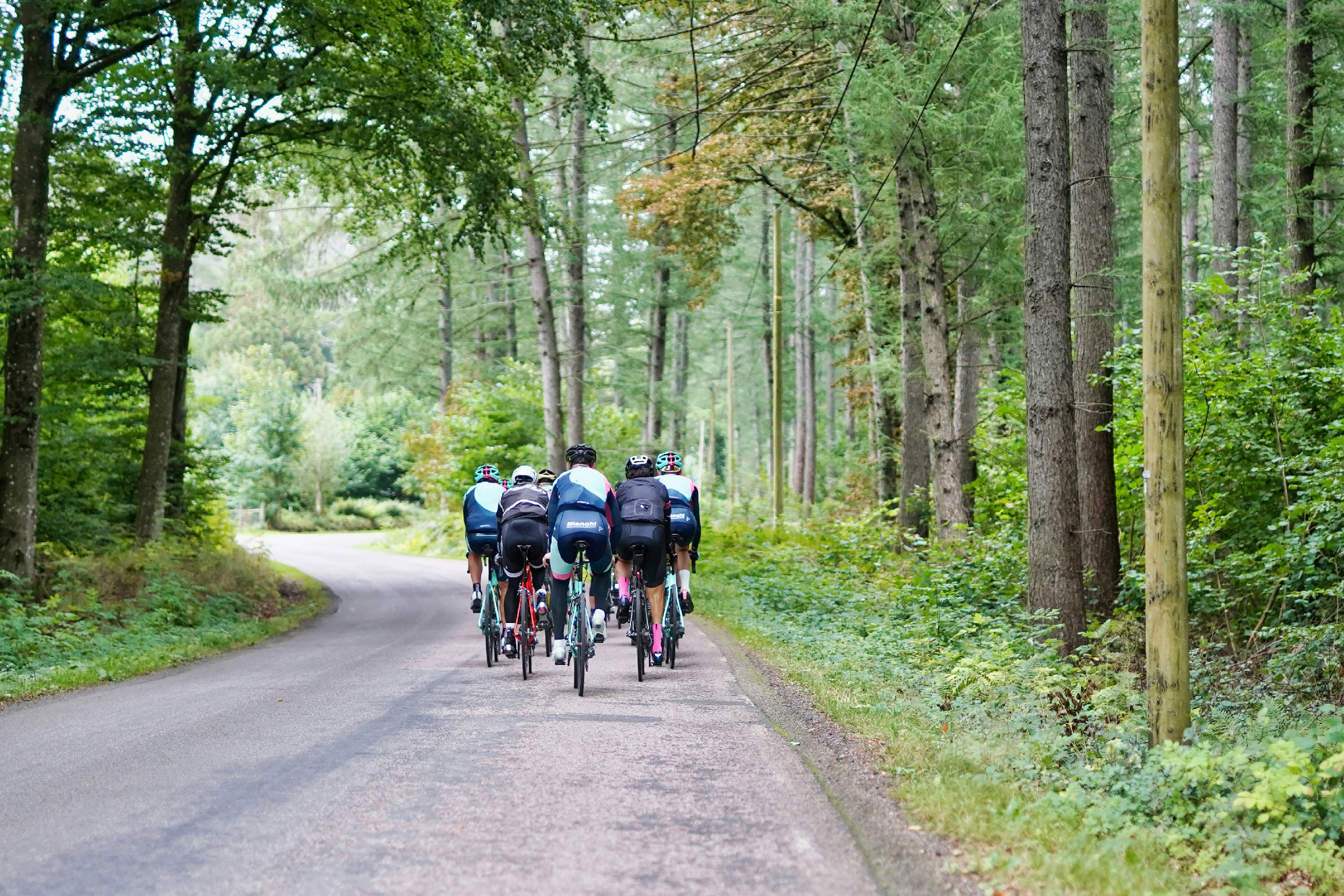
Periodization in cycling or endurance sports – regular loads
Planning models in endurance sports
Talking about periodization models is like talking about the path to follow on the map to reach a destination..
We have to mark this route well, which will always be important to have some phases or parts so that the destination where we want to arrive is in the best conditions..
We will start with the macrocycle, which will be the programming unit that at least includes one shape peak. If we want to be in shape or compete to the maximum from here 18 weeks, this period would behe macrocycle.
The next classification unit that we would divide these 18 weeks would bemesocycle, that would encompass 3 to 6 weeks and where specific objectives can be set for each mesocycle.
We will have different types of mesocycles: base or accumulation, specific, competitive, transitory... all of them pursuing a specific objective depending on the moment of the season we are in.
Within the mesocycle we findthe microcycles, of 5 to 10 days, They would be the most precise penultimate structure in training. They may also have their own objectives that will be focused on achieving the objectives of that mesocycle..
Of these microcycles we will also have different types: adjustment, load, impact, competitive, precompetitive, transient…
Finally we havethe training session, the last planning unit and the one that affects the athlete's daily life. We can say that the organization and distribution of the session will depend on the objective and type of that microcycle..
Knowing the parts that encompass periodization, we can talk about theperiodization models. They will be the “patterns” of how we are going to structure the workloads, which will always be at the discretion of the trainer with the experience and previous training he has and the results obtained with each model..
All these models will be governed by several training principles that will lead the athlete to their best performance.. These principles could be:
- Overload principle – It will be related to the training stimulus reaching the effort threshold and not exceeding the maximum tolerance level.
- Reversibility principle– The residual effect refers to the durability of an adaptation that has been achieved in the athlete's body during a precise period of time (Issurin et al. 2001)
- Individualization principle– Every athlete is different and each of them has a different way of tolerating training loads., with less or more previous experience that we must take into account when periodizing.
Having said these principles, we will talk about the oldest model:traditional periodization de Matveev (1964). Its main characteristics are that it develops a broad base, with a subsequent increase in the intensity of resistance work to reach the competition.
This base focuses on aprogressive accumulation of training volume, reducing later to give way to intensity. The distribution of the workload would be regular and simultaneous, where different jobs are combined in the same mesocycle or microcycle. All this has an undulating character in the biological and social changes of the human being..
Requires a duration of cycles (24 to 48 weeks) and phases (6 to 10 weeks) relatively high.Allows programming between 1 and 3 peaks annually but presents great problems in maintaining residual effects in the tapering or fine-tuning phases prior to the competition.
Interference problems could appear in the simultaneous development of many capacities (regular and simultaneous loads) since there is not enough time or space to recover some sessions and with the next one of another capacity, which will make this improvement or maintenance work difficult.
It can be useful in athletes of lower categories: cadets, youth... it will be useful for athletes who are not specifically high performance athletes or in this case, to periodize a season with a very clear objective and the rest with secondary objectives, for example: preparation for a Tour de France with previous tests of less relevance in the cyclist's calendar such as Dauphine, Tour of Romandia, etc…
Within traditional models there are some variables, What is Tshiene's high intensification model like?, where the continuous oscillation between power and volume, allows the athlete to maintain optimal fitness for prolonged periods of time, without reaching the maximum possible shape but maintaining optimal performance for longer than Matveev's own traditional model.
Periodization in cycling or endurance sports – concentrated loads
Going back a bit to the other article we covered a few weeks ago about periodization now h
Prepare your big fund
After a long time we can say that the cycling or grand fund events are back
Train orderly
It was June 2020, It had only been two months since we had the freedom to go out filming in the





